De School wasn’t just a club; it was an ever-evolving cultural canvas
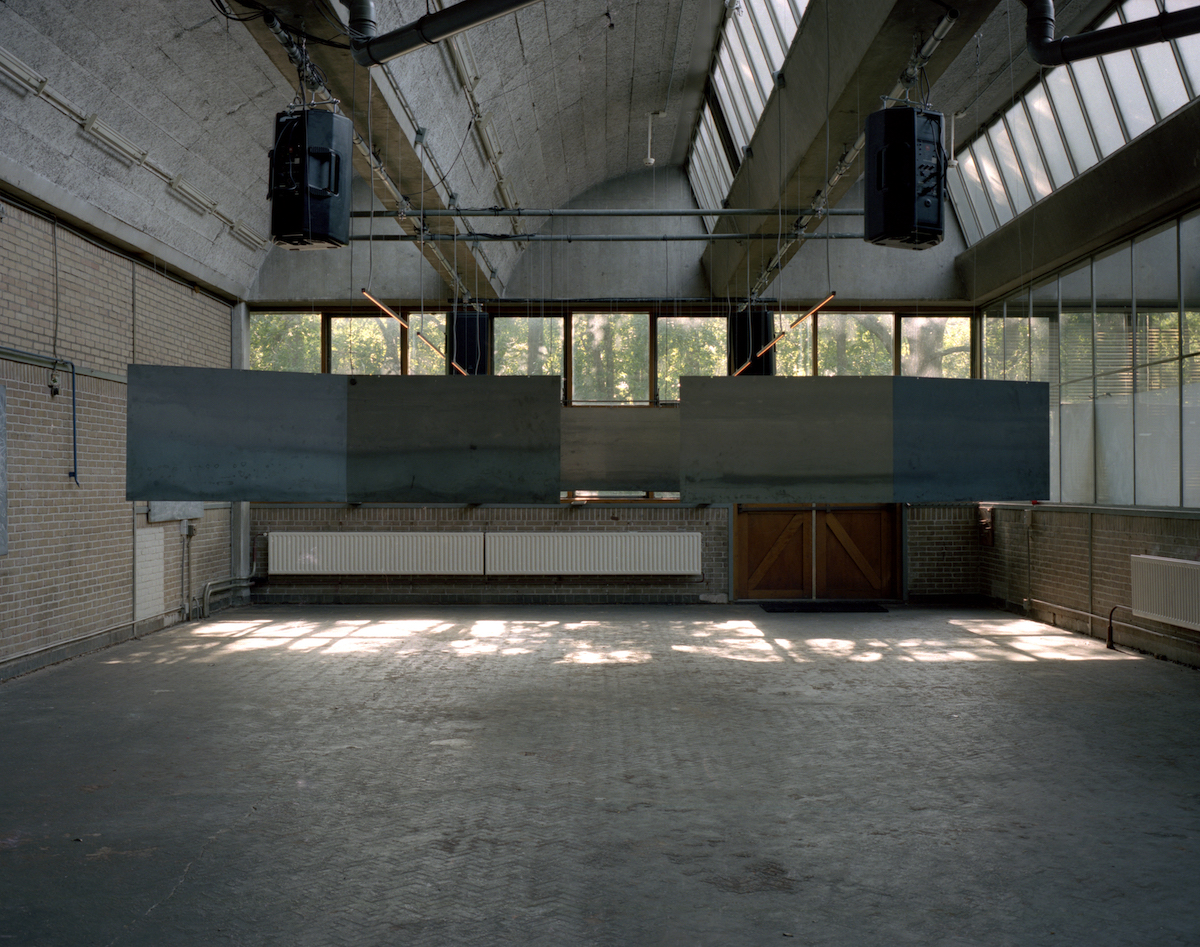
As we all know – and have processed – by now, De School has bid adieu. As we remember the space, it’s important to pay tribute to it in its entirety. De School wasn’t just a club; it was an ever-evolving cultural canvas, a melting pot where art, education, and communities came together. In memory of this, we got the chance to talk to members of the day programming team; Anne van der Weijden (head of art), Nathan Kofi (creative head), Perry Gits (day/cultural programmer), Jamila Barry (day/cultural programmer), and Gosha Woch (junior art programmer). So join us as we peel back the layers of De School’s cultural programing, exploring the multidimensional heartbeat that made it the artistic haven with the minds behind it.
CHAPTER 1: THE SPACE, THE VALUES
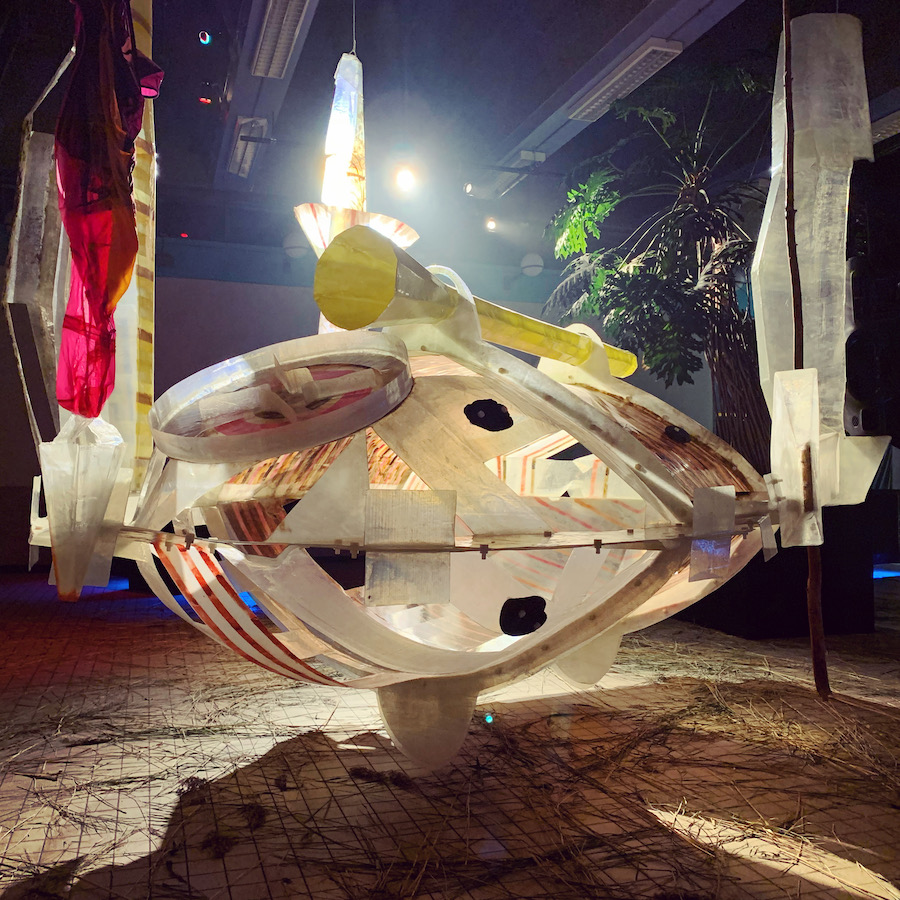
Plant by Ad de Jong
How are you all today?
A: I am counting the days until my vacation to Thailand kicks off. The last two years at De School were intense, and fun. We gave everything we had to make it a success. It wasn’t easy, but I am very happy we did it. Now it is time for some rest.
The realisation that this weekend was the first weekend since a long time De School was dark, silent, and abandoned… No people, no music, no soul in the building anymore… It made me sad. I hope the vacation will be a good remedy against the sadness.
N: I’m feeling good. Just finished my morning meditation. Always a good start of the day. And slowly but surely adapting to the realisation that the club is no more, and that I soon will have to find another adventure or challenge to submerge myself in (Hint)
G: Excited and packing for a spiritual trip to India for some long-time coming holiday.
J: I am doing well, recovering well from this ride. But it’s going very well, slowly looking at what my next steps will be.
P: Enjoying my well deserved rest. I learned and experienced so much these 1,5 years, so giving myself some slack to rest and then move on with some fresh energy.
Thank you so much for sitting down and reflecting on De School with us. As we begin this meditation, let’s start with the space, the community, and the values and how the cultural programming reflected and contributed to them. Are there any specific themes or narratives that De School explored through its art/cultural events?
N: If you look at most of our cultural events, you’ll notice that an overarching theme is “giving space”. Giving space, resources, and means to up and coming artists as well as established and aspiring artists, and audiences. Space obviously is an interesting term that describes a fluidity and a sense of freedom. And that is also a value we stand by when approaching or collaborating with artists. Another theme you’ll notice is “community”. And without going into depths of what ‘community’ really means or which communities; in our program it is reflected in ‘bringing people together’ through art forms, storytelling, music, dance and theatre, food, visual art/screenings, and learning. Additionally, there is the theme of ‘’crediting’’, meaning, giving credit where credit is due, as well as acknowledgement, E.g., concept and club night, De Scorro, is rooted in the sounds and expressions of the black and Latino LGBTQ+ scenes and the overlooked origins of club culture. Lastly, almost all our programs were financially affordable, which adds to accessibility.
A: We explored multiple themes, but always themes that captured the imagination of our visitor. Theme’s like: identity, the feeling of ‘home’ or belonging, and transformation. Our multidisciplinary art and cultural program was a manifestation of club culture and a creative exchange.
J: We did all this by listening more and mapping what is really needed. For the people, by the people.
Wow, and how do you think this reflected the space’s values?
G: As a school of nightlife, as a club, that is an experimental ground for experience, we often let the artist come with their ideas and just lead a bit. Leave room for them to experiment in a safe environment, that’s important.
N: Yeah, the space’s values and the programming values are synonymous. They are equally connected. And they reflect the people on the floor, and the underlying fabric of how we approach and strive to walk the path of our collective mission and vision. However, what I can say about the power of ‘space’ and ‘programming’. De School has so many extraordinary spaces that could be used in such a vast variety of ways, and that really brings added value to both the audience experience and the artists. If you walk around and see how many of the art pieces and exhibitions really morphed together with the building in unique outcomes, it shows the power and connectivity of placement, material, location, and experimentation.
P: Musical programming is a first priority, but our visitors also need a space to educate themselves with different disciplines and methods, but also gatherings which are not only during the night.
It enlarges the work initiatives can offer. Drknghts (Christiana and Leslie) are great dj’s but also music educators. Therefore they could play at De School during club nights and also host through their platform 1.06 music library, an educational program during the day.
A: Looking at the kind of art we were presenting, there were roughly two types of art: the ‘eye-candy’ kind of art, art that is mostly visual pleasing and very playful, for example the work of Elsemarijn Bruys. Her installations were an amazing match with the spaces and it really enhanced the club experience. The other type of art was the more ‘food-for-thought’ kind of art, art that told a story and that was more challenging for the visitor because of the questions or discussions it stirred up, for example the work of Angel-Rose Oedit Doebé.
J: If you go back to the core of this place, it is an actual school and that is actually what we did. With the cultural programme, education, connection and innovation took place. You learn that at School too.
CHAPTER 2: THE PROGRAMMING
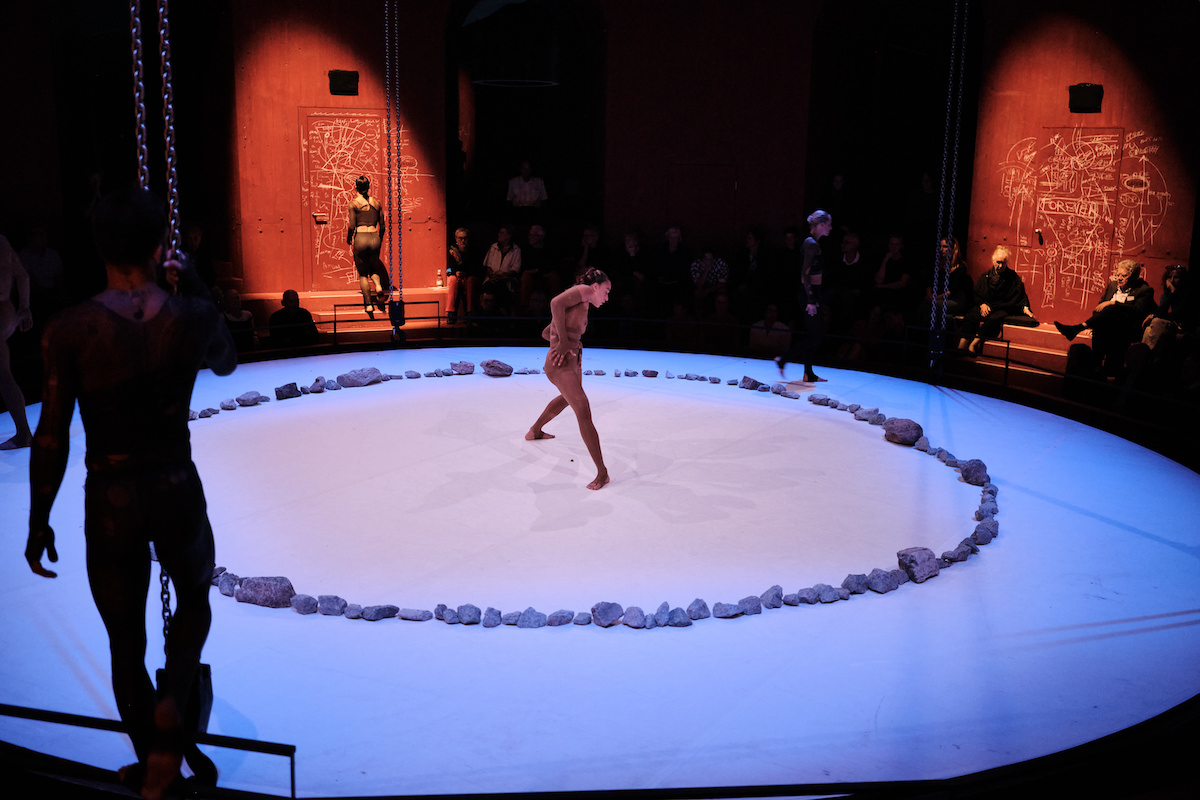
KUYLER-AEON Performance by Luca-Andrea Lino Tessarini
Shifting gears a bit. Obviously there was some drama during COVID between De School and its community, how did you try to heal this through your cultural programming?
A: By listening to the community, by being aware of your position and by making space for others.
P: By knowing that one individual can’t change a whole ideology that has been going on in this Industry. Grateful for my associates, friends and family for their conversations and constructive feedback where needed!
As cultural programmers, your taste is highly regarded by many. Can you tell me more about De School’s processes of programming?
N: Our process of programming had to do with a lot of listening to each other, talking, brainstorming, and getting excited from each other’s ideas. Along with trusting each other’s ideas. We had weekly meetings with the day-programmers and with the night-programmers to align and brainstorm. And explore opportunities or discuss feedback and production tasks. Furthermore, I really feel that joy and laughter in the process and working with each other added an instrumental ingredient for success. Additionally, it’s important to review your projects, and gather feedback from your collaborators to implement it for the next round.
P: The cultural programming was based on what the people wanted, needed or maybe didn’t know they needed. My method to analyse this was through conversation with friends/visitors/colleagues/associates, exploring other spaces in the country or assessing online what’s going on in the world. It was also important to assess the accessibility of these spaces. Is it financially affordable for visitors who have interest in a cultural program/club night? Does the online communication speak to the targeted group? The two questions above are an ongoing process of myself inside and outside De school.
J: By getting out there yourself and diving into different bubbles of people in the city/countries. Starting the conversation with everyone, and finding a way to connect those people/ideas. And doing a lot of research.
And where do you draw inspiration?
A: My biggest inspiration is the building itself. I love the architecture. All the shapes, the long hallways, the big windows, the garden as the centre point, the tiles in the toilets, the roof, the colour of the classroom doors. All the little details. I want the art to emphasise these structures and shapes, or to play with them.
N: My inspiration comes from personal experience, knowledge. As well as from talking and listening to a lot of clubbers, dj’s, dancers, artists and art makers. And from reading, movies, other exhibitions, events, books, podcasts etc. A lot of ideas also just submerge from brainstorms or collaborations. There are so many people out there with great ideas and you can really work magic if those ideas come to fruition through collaboration with some added value from the team or vice versa. Another great source of inspiration is the impact of the previous event, and your intentions to make the next one even better, wider, deeper, stronger.
G: Anything and everything 
And what would you say makes the perfect event?
P: Safety, enjoyment, accessibility and affordability.
N: It’s not per se about numbers personally, but more about impact. Even if an event only sold 5 tickets, the reviews showed the received value, need or wonder. I consider it a perfect event. Obviously, perfection is an illusion, and we will never reach that pinnacle and we should not focus on that. Rather focus on impact, adaptability, and longevity. However, let’s not be unrealistic; events cost money and that money must flow back one way or the other. So a good event statistically should also reflect a healthy cash-flow-balance for it to survive.
CHAPTER 3: THE FAV EVENTS
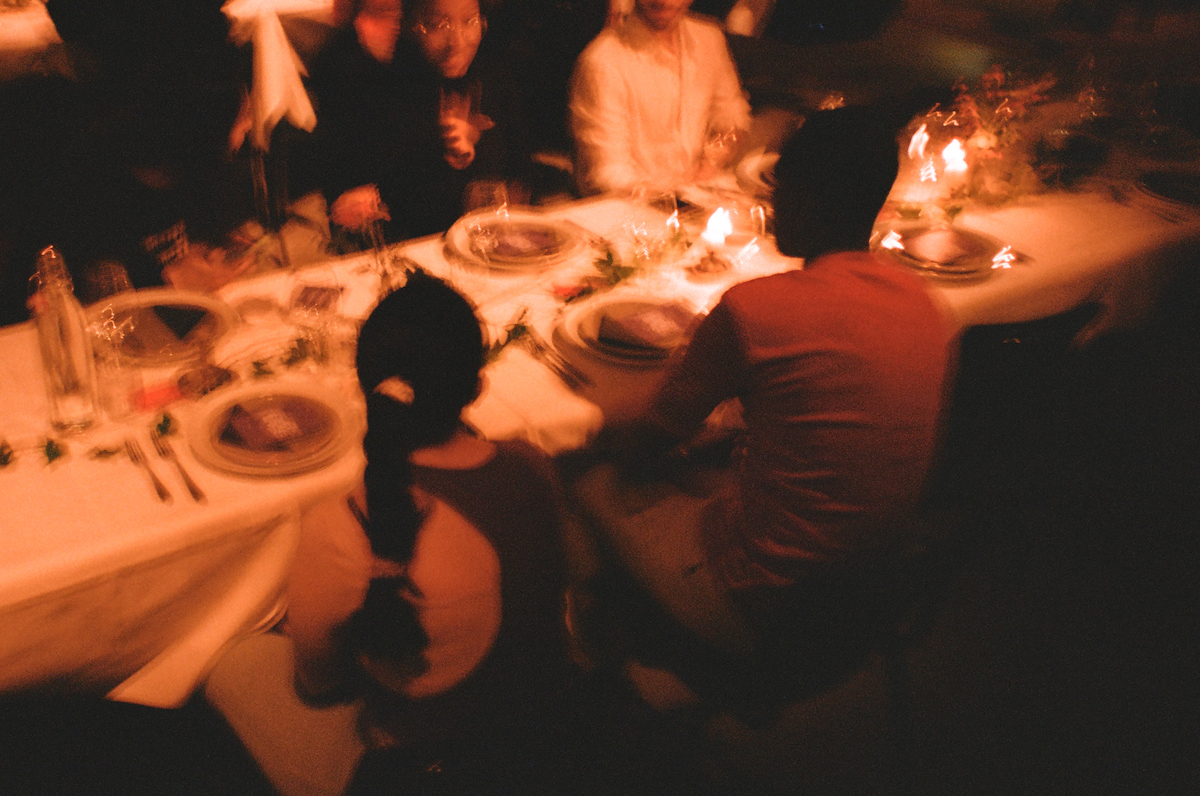
Het Diner shot by Micklin Korsuize
Anddd of course, what are your fav cultural events?
P: The lecture Strippers from ATL by Kim Dankoor was a program I always wanted to facilitate and glad it happened. It’s always important for me to dissect where some of our sources or work come from, because it can easily be forgotten by the masses. Stripclubs are a massive source when it comes to finding out the value and interest of music within the hip hop and pop scene and has been an important economical source for artists, security and bar personnel working in these spaces.
Another highlight would be facilitating the program of Dani Diora and Val Dechev. We often talk about the LGBTQIAP+ community, but overlook the trans community and how influential they have been and are within the electronic scene.
It was delightful to witness a multidisciplinary program consisting of a panel discussion, a concert and a club night. Where the curators are also of the lived experience as the program itself.
Lastly De Scorro; a club concept/night that highlights sounds or people that are easily forgotten within the electronic scene, but contributes globally when it comes to the wider aspect of music, origin and new influences.
I was also keen on making sure that the staff or collaborations would prioritise the black and LGBT community. Think of the artist handlers, club managers, security and one of the important responsibilities by Souhayla Ou-Oumar who worked at the door on all the club nights and ensured our safety inside.
A: I still have sweet memories of Het Klaslokaal. The concept was simple: back to school. Visitors could sign up for a 60-minute class on different topics. Think of history classes, astronomy classes or philosophy classes. With exam tables and school notebooks we made a classroom set up in Het Kunstlokaal. The teachers were secondary school teachers. We selected them by popularity. Some even did a little exam at the end of the class.
Another personal and bittersweet highlight was De Tour. Because De Tour could only happen due to the Corona pandemic and its forced stop of nightlife. For the first time we decided to use all the spaces of De School for the sole purpose of art. We turned the whole building into an art installation route (with the given Corona rules in mind) from the club entrance, to the wardrobe, to the aula, into the basement and up again, to the Meetkamer (back then De Rookruimte), toilets, De Cinema, Het Kunstlokaal and the garden, ending in the café. With 16 different art installations our visitors could experience the building in a completely different way. In the end De Tour also became a goodbye for a lot of its visitors when we announced the club was closing for good. Two of the most memorable installations of De Tour were ‘Plant’ by Ad de Jong, hanging in the wardrobe, and ‘Latent Space’ by Nikki Hock, in the basement between the pilers of the dancefloor.
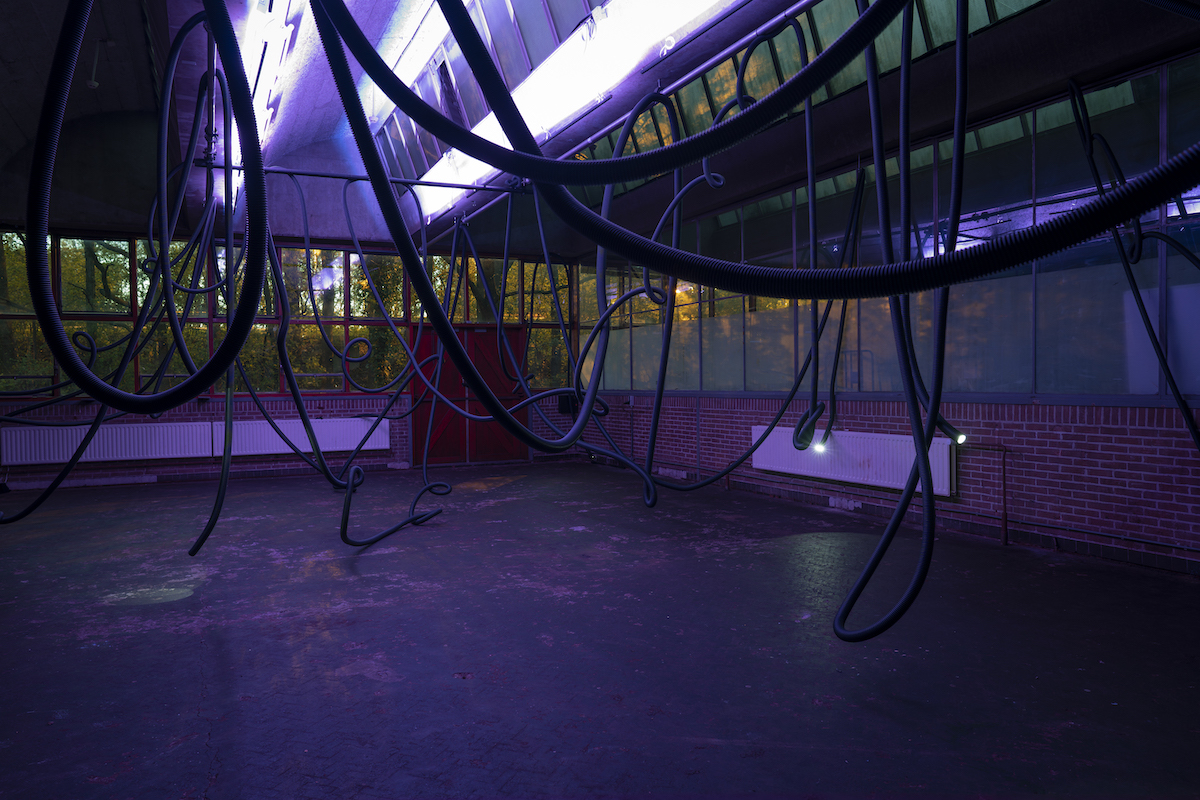
Sonic Sprawl by Sophia Bulgakova
G: My top five artist collaborations were with Sophia Bulgakova, a solo exhibition Sublime Paradigm, very powerful works, an amazing retrospective Living Archive residency with Nita Liem and Bart Deuss of the hip hop dance company Don’t Hit Mama, a very special photographic project with Jean Vincent Simonet, a fantastic and fun expo of Elsemarijn Bruys and a two month residency with our friend artist and illustrator from Seul, Yeon Bun.
N: Oeff, that’s always a tricky question! Because I truly feel that all our programs were carefully curated/created and had something special to offer from different perspectives. However, one of my personal highlights was the DJ Workshops done by Tsepo and Gayance. Both did a remarkable job and we made it very affordable/accessible, prioritising marginalised communities. Furthermore, December saw an incredible performance “0.5 AEON” by dancers affiliated with Nederlands Dans Theater in De Aula. And De Aula also hosted an Certified Ableton Workshop; one day for the general public and one day for highschool kids from de Bijlmer.
The artist in residence collaboration with Don’t Hit Mama, personally hit home for me. And brought tears of joy to my eyes to see that project realized. And the Minimal Collective collaboration during ADE showed the power of community through frequency, with a lot of creativity.
J: LOCH INN is an Amsterdam based music platform & label founded by Margie. Together we held an event of series at De School that focuses on new music from aspiring and renowned artists within the local and International sphere. During these events, Margie & Joygail (the hosts) conducted a talk with invited artists, which was all about thoughts & ideas regarding music production. With Loch inn, the ambition was to bring together very eclectic people to have a conversation about music. The intention was to create a meeting place for local artists, for exchange, to learn from and inspire each other. And to now experience what this collaboration has led to which is: the release of V/A LOCH INN at De School. is really great.
Diaspora Radio is a radio show (and event) on the online platform Echobox Radio, which is about the diaspora from South- & West Asia and North Africa, scattered over time and space, connected through music. The radio hosts Hani en dj Moody Mehran, with roots in Iran, founded their platform almost two years ago: a way to find, connect and amplify the people from their SWANA-community by broadcasting and archiving their voices and abundance of stories.We held a mini festival in multiple spaces throughout De School with performances, radio, exhibitions, live music and food, showcasing artists with roots in the SWANA-region. It was incredibly beautiful and heart-warming to see how the spaces were used in different kinds of ways but for the same purpose.
Sound Sessions is an inhouse concept in which we want to offer upcoming labels, collectives and individuals and a place to showcase their music in the cafe. I did this with Tozo label, Polychrome Audio and Tale of Bus, among others. It grew into a very successful concept. In the summer, the whole terrace was full on Sundays with labels curating their own programme on a groovy sound system. That was very special.
“Het Diner” is my biggest highlight at the end of the year. This is a concept I came up with The Queer Agenda. We organised a chosen family dinner. The reason: many queer people do not have a good relationship with their biological family or do not have the opportunity to be with them during the holidays. This problem is even bigger for queer refugees.
The dinner was incredibly successful. It was really beautiful and warm to see everyone together and in these cold, sometimes dark days we can still come together and share this love with each other. A total of over 100 people attended, of which we welcomed a group of queer refugees who were looked after by us throughout the evening. It was an amazing wholesome evening with DJ’s, singer songwriter and an amazing dinner of a fusion of Pakistani and Nigerian food.
CHAPTER 4: THE FAREWELL
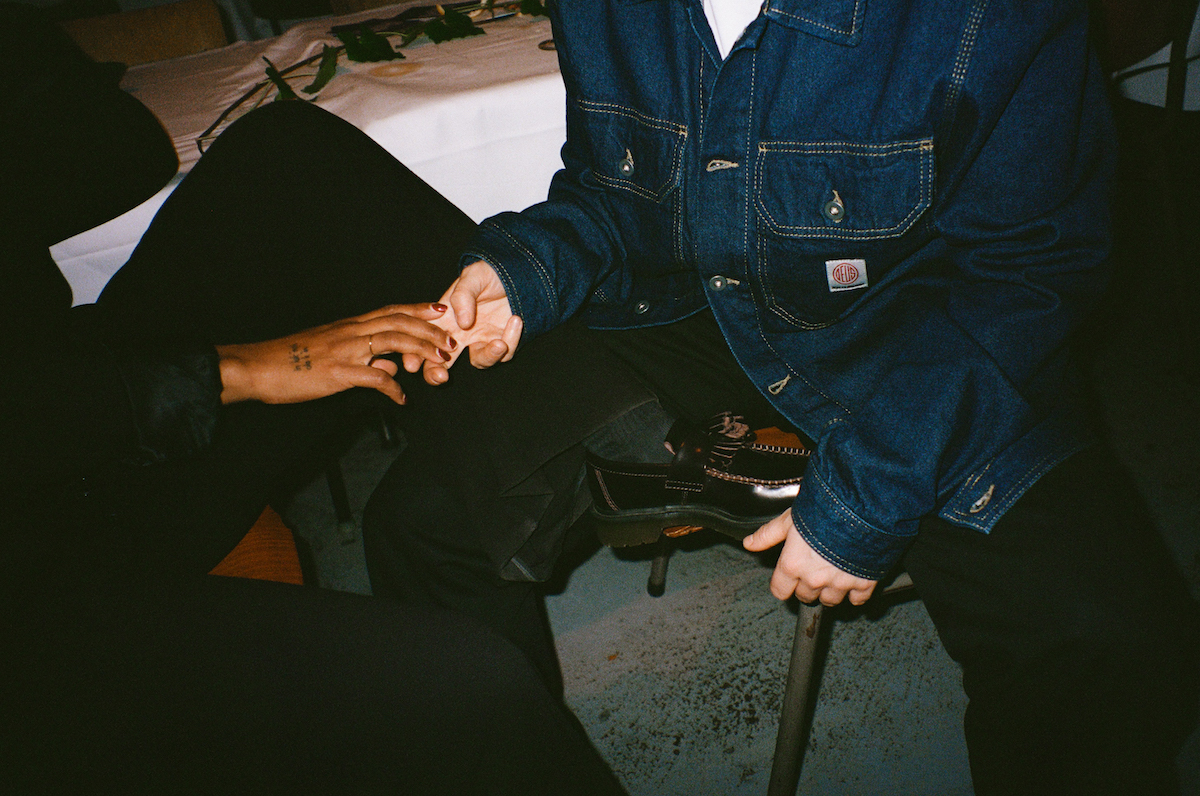
Het Diner shot by Micklin Korsuize
Do you have any messages/thoughts/feelings about De School that you would like to share as we bid it farewell?
A: To repeat the words of Olaf Boswijk: ‘Don’t be sad it’s over, be happy it happened’.
N: When something comes to an end, it will make way for something new to arise. That’s my take away for more of the beautiful things we are privileged to experience in life; nothing lasts forever. Het Einde is always looming. But that doesn’t mean it stops there.
G: School’s out, but bonds and lessons are for life.
J: With the cultural program, we showed how necessary representation from within is. We were able to make connections, welcome visitors who are normally not necessarily found in the club but are just as important to Amsterdam’s cultural landscape and nightlife.
P: Thank you to the staff who worked for hours doing the weekly club nights/weekenders and many thanks to all the cleaners!!!
And any last thoughts you would like to share with us?
G: Big shoutout to all staff, our security team and our cleaning company – we would be lost without you. Special thank to all the club staff who were keen on picking up any art related tasks – be it painting walls or operating a swing, love you guys. And to our regular guests – see you at the dance floor my babes.
N: I’d like to extend my gratitude and appreciation to all collaborators that put their trust in us. And also want to thank my team, the whole office, all club staff, all dancers, contributors, cleaners, for a wild ride. And thank you Glamcult, for the opportunity.
J: It was a hell of a ride but we did it!
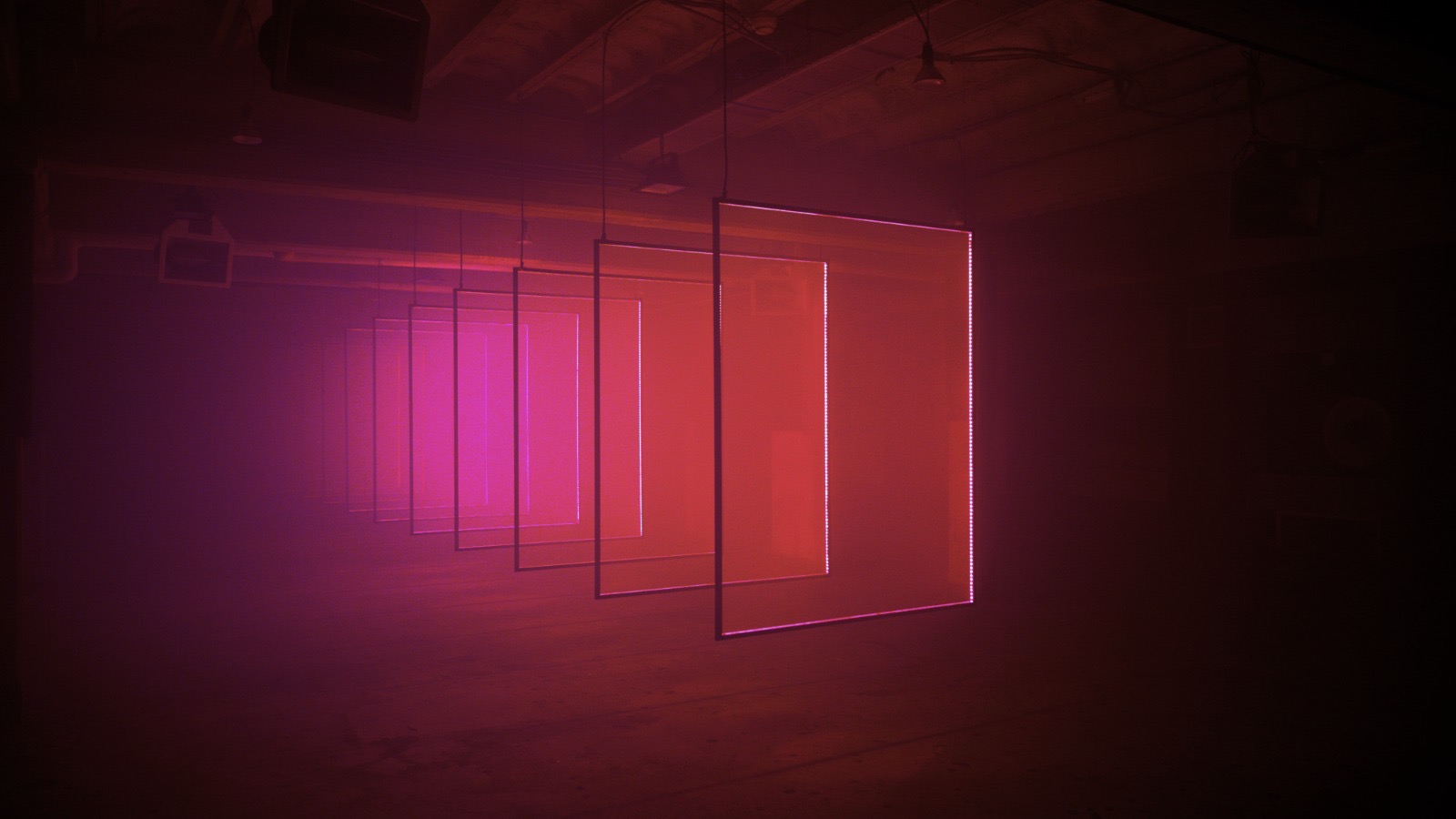
Latent Space by Nikki Hock
P.S. What are your thoughts on Garage Noord’s recent insta post?
A: LOL
N: I love it. I can only appreciate jokes and banter ?
G: Hilarious! GN has always been my favourite place to go partying and have some damn good roti (made according to Leslie’s family recipes!) Amazing team and music programming, I couldn’t be more proud of them.
Words by Ella Paritsky
Images courtesy of De School
Notifications